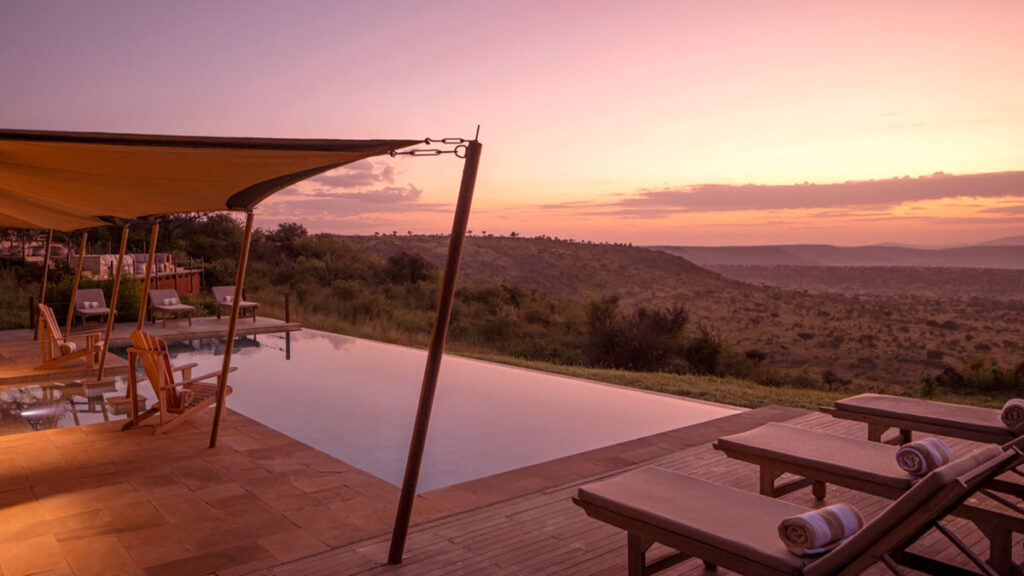Destination: LAMU ISLAND
The Lamu archipelago is a collection of idyllic islands towards the north of Kenya’s coastline. The area’s history dates back centuries‚ to when it was a significant trading post on the coast of Africa. From the 7th century AD‚ Arab dhows were docking here‚ plying their wares between Africa‚ the Arab states and the Far East. Ming Chinese porcelain and Persian glazed earthenware found from this time show how extensive the trade routes were; Lamu reciprocated with leopard skins‚ tortoiseshell‚ rhino horn‚ ivory‚ gold and slaves.
The main island‚ Lamu Island‚ is home to Lamu Old Town‚ designated a UNESCO World Heritage Site in 2001. The town is living history: take a stroll along its alleys or coastline and you might think you’d been transported back to the early days of the island’s settlement. With no vehicles on the island‚ visitors walk‚ ride donkeys or take boats. Sites of interest include the Sultan’s Fort‚ Lamu Museum‚ the Shiaithna Asheri Mosque‚ the German Postal Museum and the donkey sanctuary. Shela village‚ the more chichi neighbour of Lamu Old Town‚ is fringed by a white sand beach. Both Lamu Old Town and Shela have a selection of places to stay‚ and offer a number of activities such as dhow cruises‚ snorkelling‚ big game fishing and bird watching.
Manda Island‚ on which Lamu airport is located‚ is home to the Takwa Ruins. This little trading town flourished in the 15th and 16th centuries but was abandoned in the 17th century when water on the island ran out. Its people crossed the channel and established Shela village‚ leaving Takwa to the forces of nature. The attractive ruins include a well-preserved mosque‚ some houses and a few tombs‚ all of which are aligned towards Mecca. Manda Island is also known as a turtle breeding site; the Lamu Marine Conservation Trust works to protect the turtles in the area.
Pate Island also has a number of historical sites including the Nabahani ruins and Siyu‚ a centre of Islamic scholarship in the 15th century. Faza‚ known for Kunjanja Mosque‚ had a particularly unlucky history: it was destroyed by Pate in the 13th century and rebuilt‚ only to be sacked again by the Portuguese in the 16th century.
Kiunga Marine National Reserve incorporates a chain of about 50 islands and coral reefs‚ including the lovely Kiwayu Island on which visitors can stay. The reserve has nesting sites for migratory seabirds‚ sea grass and mangrove forests‚ and is a refuge for sea turtles and dugongs. Activities include windsurfing‚ scuba diving‚ snorkelling and water-skiing.



